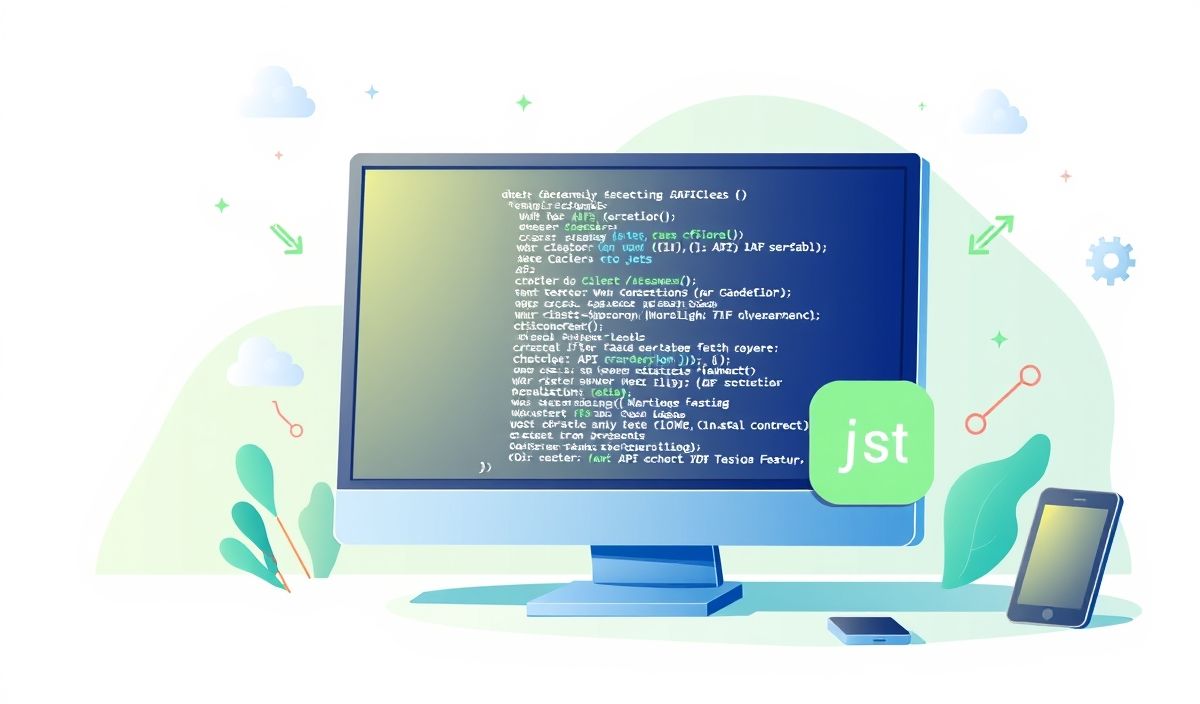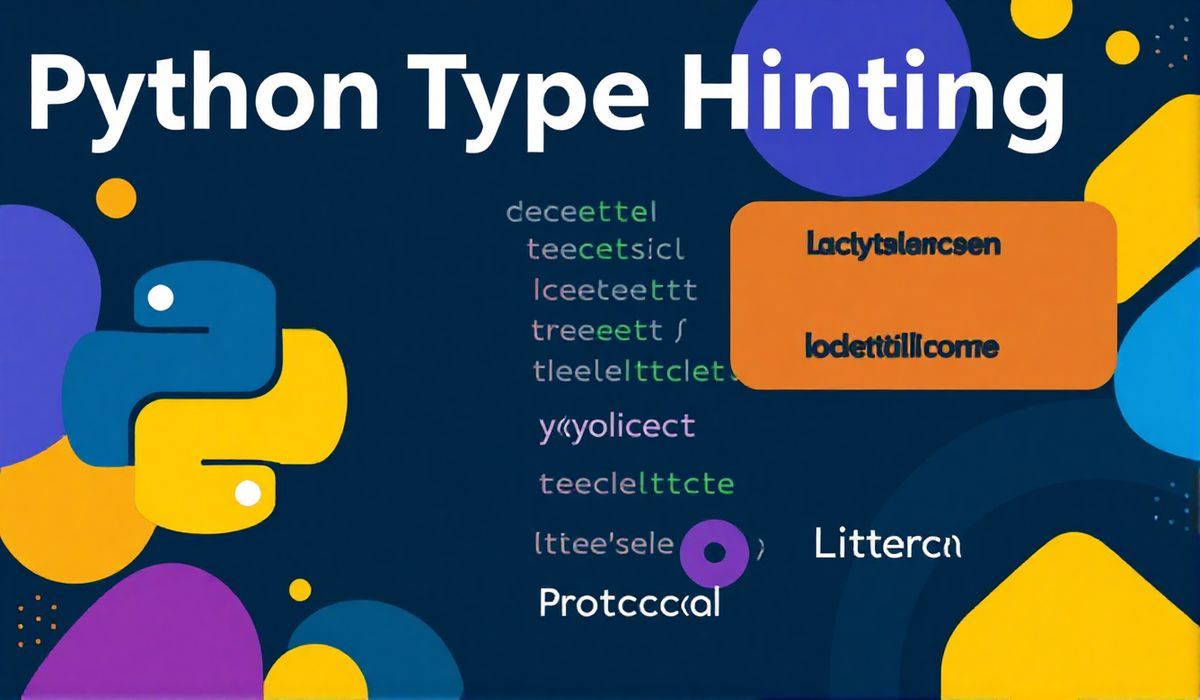Introduction to PyQt5 SIP
PyQt5 SIP is an essential component for developers using the PyQt5 framework. It provides a seamless layer of communication between Python and C++ libraries. SIP is utilized to generate Python bindings for a wide array of C++ classes, allowing you to build powerful and efficient applications with a Python front end. In this post, we will explore its functionality, delve into its API, and provide comprehensive code examples to demonstrate its capabilities.
Understanding the PyQt5 SIP Module
The SIP module is used extensively by PyQt for creating bindings, enabling Python code to interact with Qt’s extensive C++ libraries. Let’s dive into some key features of SIP:
- Facilitating communication between Python and C++ objects.
- Providing support for custom C++ extensions.
- Efficient type mapping and object referencing.
Key PyQt5 SIP APIs Usage with Examples
Below are some commonly used PyQt5 SIP APIs, explained with useful code snippets.
1. Importing the SIP Module
To use SIP in your project, you need to import its module first:
import sip
2. Checking API Versions
You can confirm the version of the SIP API being used:
# Get the SIP version
print("SIP Version:", sip.SIP_VERSION_STR)
# Get the API Version
print("API Version:", sip.SIP_VERSION)
3. Working with Object Ownership
Control over object ownership is essential when handling Python and C++ objects. With SIP, you can transfer ownership of an object:
obj = SomeQObject()
sip.setapi('QVariant', 2) # Set QVariant usage
sip.transferback(obj) # Transferring ownership back to C++ code
4. Memory Management
SIP provides a delete() function to explicitly delete objects, useful in memory management:
# Deleting a Qt object explicitly sip.delete(obj)
5. Creating Python Bindings for C++ Classes
The most powerful feature of SIP is to create bindings. Below is a simple example:
class MyCppClass:
pass
# Convert to a QByteArray in C++
ba = sip.wrappertype(MyCppClass)
Building a Simple PyQt Application Using SIP
Let’s now create a simple PyQt app implementing SIP’s features:
import sys
import sip
from PyQt5.QtWidgets import QApplication, QLabel, QWidget, QVBoxLayout
# Main application widget
class MainWindow(QWidget):
def __init__(self):
super().__init__()
self.initUI()
def initUI(self):
layout = QVBoxLayout()
# Transfer ownership of QLabel
label = QLabel("Welcome to PyQt5 SIP Application!")
sip.transferback(label)
layout.addWidget(label)
self.setLayout(layout)
self.setWindowTitle('PyQt5 SIP Example')
self.show()
# Main App Initialization
if __name__ == "__main__":
app = QApplication(sys.argv)
mainWindow = MainWindow()
sys.exit(app.exec_())
In this example, we demonstrate transferring ownership and initializing a basic PyQt app with SIP integration.
Conclusion
Mastering PyQt5 SIP opens a plethora of opportunities for developers to integrate Python and C++ efficiently. Whether you’re creating desktop applications or integrating custom extensions, SIP ensures seamless communication and enhanced flexibility. We’ve discussed numerous APIs and provided a complete PyQt5-based app example. Dive deep into this powerful tool and elevate your software development capabilities!




